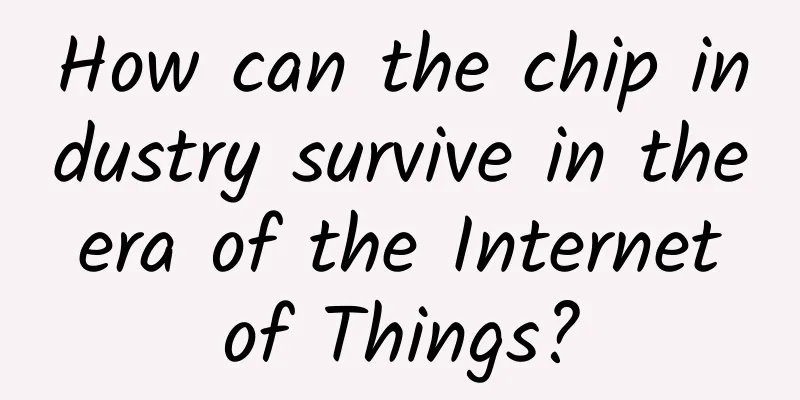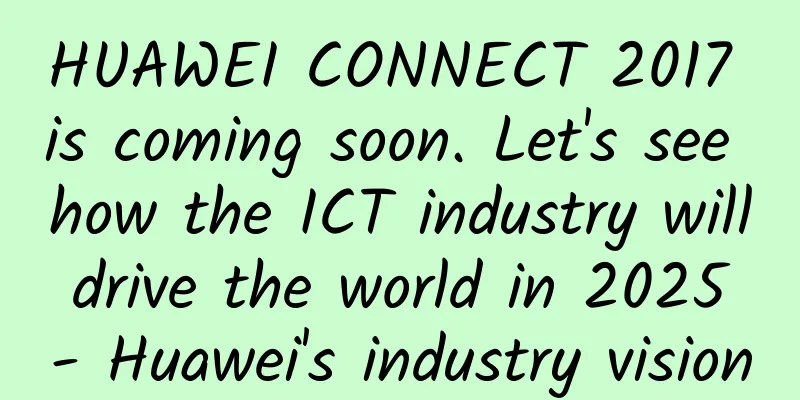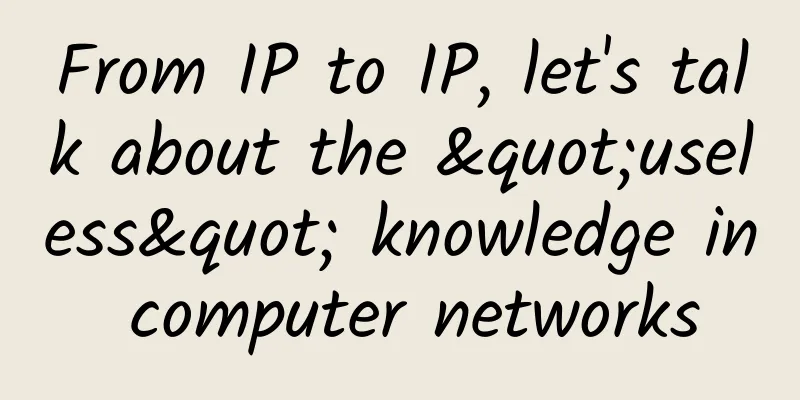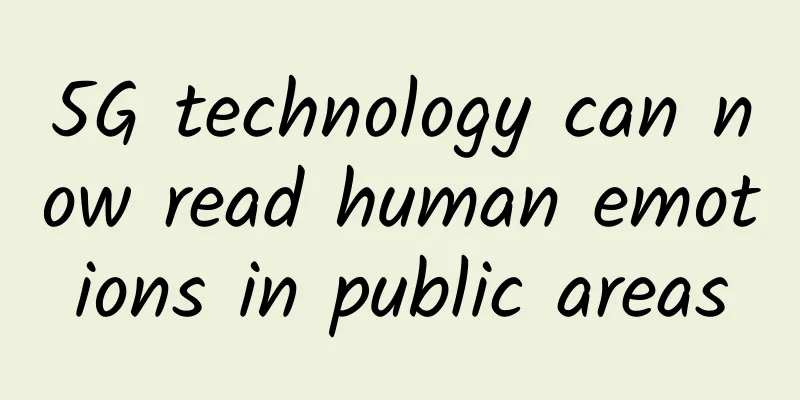How can the chip industry survive in the era of the Internet of Things?

|
After the industrial revolution, the computer age and the Internet age after World War II, the wheel of history is about to enter the world's productivity and usher in a new revolutionary climax - the Internet of Things. The Internet of Things is an important part of the new generation of information technology and an important development stage in the "informatization" era. Its English name is: "Internet of things (IoT)". As the name suggests, the Internet of Things is the Internet of Things connected to everything. This has two meanings: first, the core and foundation of the Internet of Things is still the Internet, which is an extension and expansion of the Internet; second, its user end extends and expands to any object and object to exchange information and communicate, that is, things are connected. The Internet of Things is widely used in the integration of networks through intelligent perception, recognition technology and ubiquitous computing and other communication perception technologies, and is therefore called the third wave of the development of the world's information industry after computers and the Internet. The Internet of Things is an application extension of the Internet. Rather than saying that the Internet of Things is a network, it is better to say that the Internet of Things is business and application. Therefore, application innovation is the core of the development of the Internet of Things, and Innovation 2.0 with user experience as the core is the soul of the development of the Internet of Things.
The Internet of Everything is about to breed an unprecedented large market, and the realization of the Internet of Everything is inseparable from the brain of the Internet of Things - chips. Chips are also called microcircuits, microchips or integrated circuits. They mainly refer to silicon wafers containing integrated circuits. Although they are small in size, they are the core components of computers and other electronic devices. In the near future, the global chip industry, which is worth billions of dollars, will soon be a blue ocean. Now industry giants and domestic and foreign manufacturers are preparing to develop Internet of Things chips. IoT chip industry distribution and demand scale IoT chips are not a single product. The IoT field is extremely complex, so it is impossible to use a single chip to cover the IoT, which is composed of ever-expanding applications and markets. Currently, they mainly include security chips, mobile payment chips, communication RF chips, and identity recognition chips, and the demand for IoT chips in these fields is huge. 1. Security chip While people are enjoying the convenience brought by the high-tech technology of the Internet, they also have to face the hidden dangers of information security and worry about their personal information and property information. Now the role of the security chip is equivalent to a "safe", storing the most important personal information and password data in the security chip. According to the principle of the security chip, since the password data can only be output but not input, the encryption and decryption operations are completed inside the security chip, and only the results are output to the upper layer, avoiding the chance of the password being cracked. The key length supported by the security chip is up to 2048 bits. In other words, to unlock the data transmitted by this security chip, the 2048-bit password must be cracked; this is equivalent to adding a reliable firewall to our information, allowing us to enjoy the benefits and convenience brought by high technology more worry-free and conveniently. 2. Mobile payment chip In the era of the Internet of Things, more and more intelligent self-service terminals in various industries will appear in our work and life, and the popularization of mobile payment is the biggest driver. At present, the domestic mobile payment solution is mainly SIM card/SD card products that support NFC function. Mobile payment chips are mainly used in smart phones, so the demand for mobile payment chips mainly comes from new mobile phones and updates. In the future, it will be popularized in face recognition payment system equipment in high-speed railways, airports and various service industries. 3. Communication RF chip A radio frequency chip refers to an electronic component that converts radio signal communications into a certain radio signal waveform and sends it out through antenna resonance. 4. ID chip Identity recognition is a solution that relies on the physical characteristics of the human body to authenticate identity. These physical characteristics include fingerprints, voice, face, skeleton, retina, iris and DNA, as well as personal behavioral characteristics such as signature movements, walking gait, and keyboard strokes. In addition to the widely used fingerprints, the popular face recognition in the past two years has brought biometrics to the public. Due to its strong security performance, identity recognition has developed rapidly in many fields such as financial transactions, information security, and social security, which will quickly promote the globalization and intelligence of the economy. |
<<: What you need to do to prevent data center downtime
>>: Fenghuo will present FitOS6.0 cloud operating system at 2017 OpenStack Sydney Summit
Recommend
Ministry of Industry and Information Technology: my country's fiber optic transformation has been fully completed, 4G network covers urban and rural areas, and 5G network is accelerating development
News on September 10: Yesterday, the Ministry of ...
【Funny story】An attack launched by a network cable
Not long after I entered college, I encountered a...
5G networks are moving towards cloud, virtualization and network slicing
As some telecom operators seek to accelerate the ...
If the Internet connection becomes slow, you don't need to change the router and restart it to restore it to full health
When you use WiFi at home to surf the Internet, i...
CAICT answers hot issues on “number portability” service
On November 27, 2019, China Telecom, China Mobile...
Building a cloud foundation to connect the world | Ruijie Networks presents cutting-edge products at the 2021 PT Expo
On September 27, 2021, the 30th China Internation...
6 small Windows tools that kill a lot of paid software
[[374946]] I am usually a software addict and can...
Four network capabilities that digital enterprises should focus on
We live in an increasingly digital world where ou...
SASE vs. SD-WAN: Which one do you pick?
SASE (Secure Access Service Edge) and SD-WAN are ...
Difference between web scraping and web crawling
People sometimes mistakenly use the terms “web sc...
5G issues should not be politicized
The official website of the European Competitive ...
The $75 billion C-band auction: Will the United States repeat the mistake of having money to buy pots but no money to buy vegetables?
According to foreign media reports, after the end...
Learn VLAN division from scratch to double your network performance!
When it comes to network security and performance...
What is 5G? How is it better than 4G?
[[264309]] 5G networks will increase wireless net...
With the advent of the cloud era, what new challenges does IT operations and maintenance face?
In the era of cloud computing, IT system construc...









